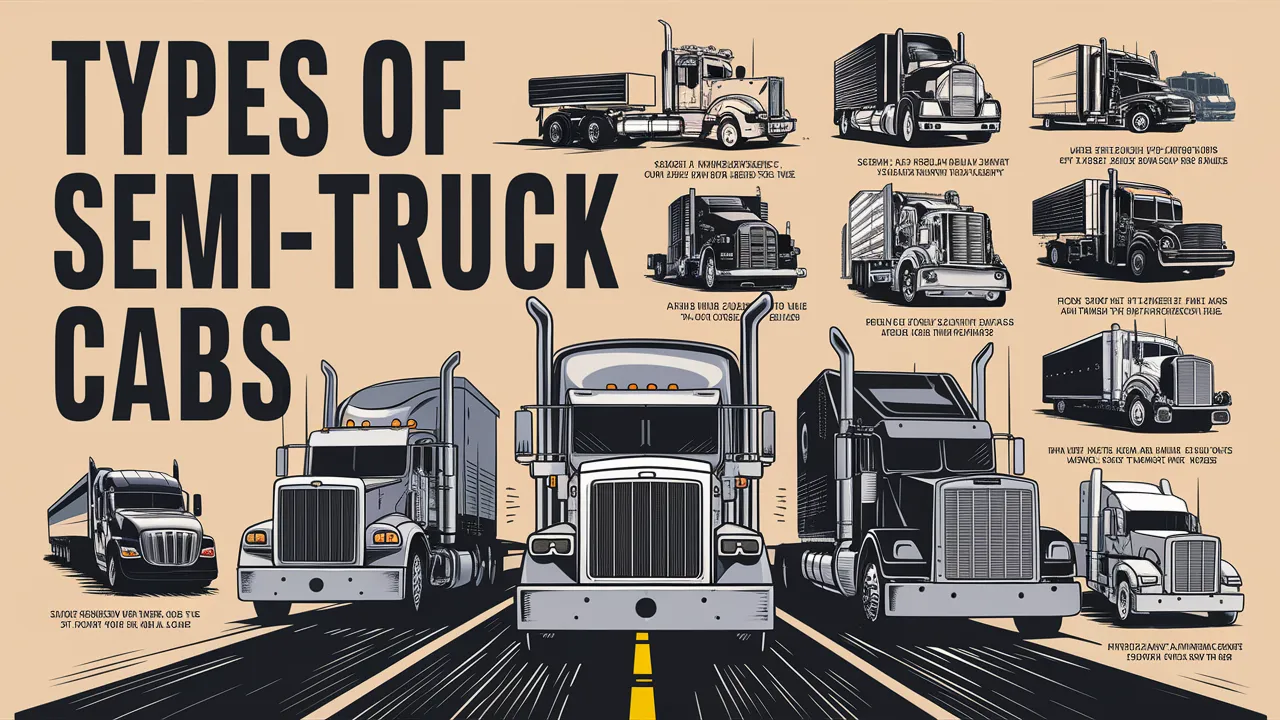When it comes to choosing the right truck, one of the most significant factors to consider is the cab type. Truck cabs come in various sizes and configurations, each designed to meet specific needs and preferences. Among these cab types, the crew cab stands out for its unique blend of functionality and space. But what exactly is a crew cab, and how does it differ from other types of truck cabs? In this article, we will dissect the attributes of crew cabs, explore their advantages and disadvantages, and provide insights into why they might be the perfect choice for you.
The term “crew cab” refers to a specific truck cab configuration featuring four full-sized doors and ample seating capacity for up to six passengers. This design is particularly appealing to those who require versatility in a vehicle, whether for work purposes or family outings. The distinguishing characteristic of a crew cab is that it offers a roomy backseat, often comparable to that of a sedan. This feature makes crew cabs ideal for transporting crew members, family, or gear, all while maintaining a compact truck form factor.
When evaluating the crew cab, it’s essential to understand how it contrasts with other cab styles. The most prevalent cab types include regular cabs, extended cabs, and the aforementioned crew cabs. Regular cabs typically showcase a two-door layout, accommodating only two passengers. They are concise and streamlined, often catering to those who prioritize cargo space and towing capacity over passenger room. Extended cabs offer a middle ground. With additional rear seating and sometimes smaller doors, they provide more options than regular cabs but still fall short of the expansive space of crew cabs.
At the heart of the crew cab’s appeal lies its spacious interior. Many models provide innovative storage solutions, such as under-seat compartments or side pockets for tools and personal items. This thoughtful design caters not only to comfort but also to practicality. Imagine embarking on a weekend adventure or managing a worksite where numerous individuals need to travel together. A crew cab can seamlessly accommodate all participants, ensuring that no one is left behind while providing the necessary storage space for equipment, luggage, or recreational gear.
Moreover, the spaciousness of a crew cab does not compromise the truck’s performance. Crew cabs are available in various sizes, making it possible for buyers to choose a model that suits their specific needs whether that be light-duty or heavy-duty capacities. These trucks still possess impressive towing and payload capacities, making them capable companions for those who engage in rigorous work or outdoor activities.
However, it’s crucial to consider potential drawbacks. The extended length of crew cabs can make them less maneuverable than shorter cab configurations, presenting challenges in tight urban settings or while parking. Additionally, the extra weight associated with the larger cab can slightly affect fuel efficiency. Thus, if fuel economy or city driving flexibility is a priority, it may be worth contemplating whether a crew cab is truly your best choice.
Another key consideration when evaluating crew cabs is their versatility. They are engineered to cater to both work and leisure, making them a superb option for those who require functionality across varying domains. Businesses that rely on team-based work dynamics can find the crew cab invaluable. For example, construction crews, landscapers, or delivery services can transport workers alongside tools, amplifying productivity and cohesion.
Family-oriented individuals will also appreciate the comfort and safety features that crew cabs offer. The seating arrangement makes it easy to secure child safety seats, and the full-size rear doors facilitate effortless entry and exit for passengers—particularly beneficial when loading and unloading children or cargo in busy parking lots. Furthermore, creature comforts such as climate control systems and entertainment options ensure that everyone remains comfortable, whether you are on a long-haul work trip or a family road trip.
As more consumers lean towards crew cabs, automakers innovate to enhance their appeal. Many modern crew cabs boast advanced safety features such as blind-spot monitoring, lane-keeping assist, and adaptive cruise control. These innovations contribute significantly to making the crew cab not only a functional choice but also a sophisticated one. Enhanced technology in the form of infotainment systems and connectivity further appeals to younger buyers seeking a blend of utility and modern features.
Ultimately, the decision to opt for a crew cab boils down to understanding your unique needs and preferences. If you often travel with a group, require ample storage, or desire a dual-purpose vehicle, a crew cab could be the perfect answer. Nevertheless, if compactness and fuel efficiency are your primary concerns, it might warrant a closer examination of other options.
In conclusion, the crew cab presents an intriguing case in the world of truck cab types. Not only does it offer ample seating and storage, but it also represents a significant shift in how we perceive utility vehicles. As lifestyles evolve, so too does the demand for versatility and comfort in transportation. For many, a crew cab promises to deliver on these fronts, opening up new possibilities whether for work, family, or adventure.
